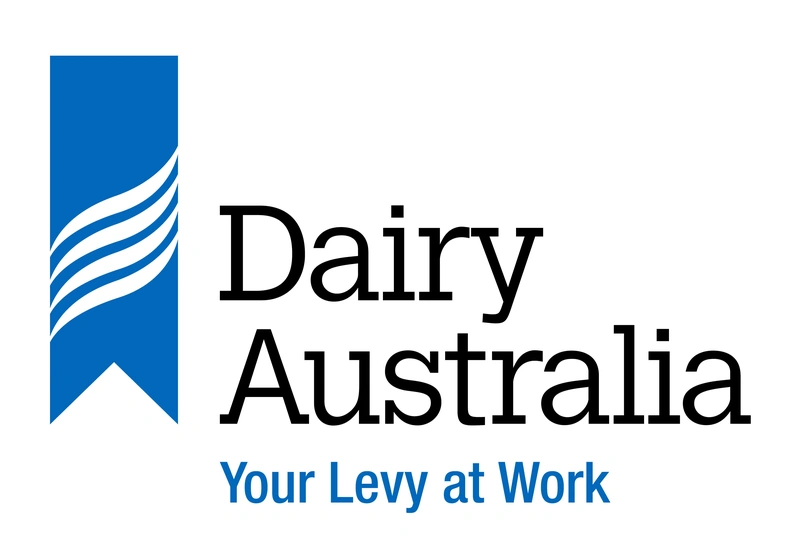
Paul Niven

Management Systems and Price Risk Management in multi-site Dairy Operations
An Australian Nuffield Scholar has urged fellow dairy farmers to place stronger emphasis on making their production systems more profitable, as opposed to searching for a ‘silver bullet’ business solution. Paul Niven, who was awarded a scholarship in 2014, has made the recommendation following his Nuffield research which covered “Management Systems and Price Risk Management in multi-site Dairy Operations”. The focus of his study was in the United States and New Zealand, but also included observation and analysis of dairy management systems in Ireland, UK, China and India.
“Within Australia, it is time to move the debate from which system is the most profitable, to how do I make my chosen system most profitable. However to do this, the farmer, whether they’re operating a small family business or a large corporate business with multiple sites and tens of thousands of cows, must know their farming system intimately.”
Prior to his current role as General Manager, Pure Source Dairy Farm Company, QiHe County, Shandong, China in April 2015, Mr Niven was the Business Manager- Dairy, for the Van Diemen’s Land (VDL) Company in Tasmania, overseeing 25 pasture-based dairy farms, 20,000 milking cows, 120 people and more than seven million kilograms of milk solids. Through his role at VDL, and his subsequent Nuffield studies, Mr Niven was intrigued as to how he could consolidate information from across 25 farms to monitor in real-time, what’s happening within the operation, and then adapt to fluctuating input (urea, grain) and output prices (milk).
“In all agricultural commodity-based businesses, we have fluctuating input and output prices, and when those aren’t managed properly we are faced with material impacts on business profitability. So, I really wanted to know how dairy businesses in other countries manage these challenges.”
Some of his key discoveries, from travelling to dairy businesses in New Zealand and the USA, include:
Every dairy business must understand, measure, monitor and manage their top three physical and financial Key Performance Indicator(KPIs), in order to effectively manage price risk.
Consider the lead indicators for the future success of the business. Retrospective KPIs are not useful for managing future business risk.
Dairy businesses need to access professional advice and information. This can be through external support or, for a large business, bringing this service in-house.
When making business decisions to mitigate price risk, the context for the decision should be documented. This is particularly important when others in the organisation review these decisions at a later time.
“And perhaps most importantly, systems that are integrated and provide information to all levels in a business, from the milker to the CEO, add the most value. For example, the people milking the cows should have a clear line of sight as to what they’re doing and how that actually impacts on the total business. Every single dairy production system in Australia has the potential to work well. Therefore the real challenge is for everyone within the business to actually understand the system.”
According to Mr Niven, this fully integrated approach to business operations is something American and New Zealand dairy operators weave well into their management systems.
“What they do exceptionally well, is link the “cow” data into the total farm management system. And this is not easy, particularly in a grass-based dairy system where you’re managing two systems. You’re managing growing and harvesting grass and you’re also managing the animal, and being able to bring those two together is really important.”
However, tailoring this approach to Australia will require some work. In terms of management systems, the US and New Zealand have dominant systems that work well, but aren’t easily adaptable to Australia. This is disappointing, but it does present an opportunity in Australia to refine some of the systems that we have and to continue close the gap. As a starting point, the development of DairyBase Australia, the Australian national database of dairy farm performance, needs to be a priority. This will assist farmers to benchmark their businesses and optimise performance.”



















